Moving a patient in a hospital or medical facility doesn’t always involve racing down a hallway with the patient in a wheelchair or on a gurney. Very often, a patient simply needs to be moved from a lying or sitting position to a standing position (or vice-versa). Even for patients who possess some degree of mobility, assistance is often required when making these otherwise “simple” movements, due to the patient’s limited strength or the risk of falling or being injured. And in many cases, weight-bearing medical equipment — such as patient beds, chairs, and examination tables — include adjustable features to move and position patients for the purposes of improving comfort and ease-of-use for the patient and improving access for healthcare staff performing examinations or medical procedures.
In each of these cases, linear actuators lend a helping hand to move patients in ways that avoid injury and improve ergonomics for both patients and healthcare staff.
Devices referred to as “patient mechanical lifts” or “patient hoists,” lift and transport patients a short distance (from a bed to a wheelchair, for example) with the help of slings, body mechanics, electromechanical actuators, or a combination of these devices. Patient lifts can be floor-based, ceiling/overhead mounted, or what are known as “sit-to-stand” devices.

Image credit: Linak
While traditional floor- or ceiling-mounted patient hoists are controlled by healthcare staff and primarily serve to assist with moving patients when it would be dangerous for staff to do so, sit-to-stand devices are controlled by the patient and use electromechanical actuators to provide assistance with transitioning from sitting to standing (or vice-versa). These mobility aids are typically used when a patient is recovering from an injury or surgical procedure and is working to regain their strength and mobility.
Patient mechanical lifts, which move all (or a significant portion) of a patient’s body weight typically use 24 volt, rod-style actuators. Rod-style actuators provide significant forces in both the push (extend) and pull (retract) motions, and can incorporate safety features such as a safety nut or spline shaft to prevent the rod from rotating. If support against axial loads is required, linear guides are used in conjunction with the actuator to prevent bending moments on the actuator thrust rod.

Image credit: Ewellix
Even otherwise stationary patient beds, operating tables, and chairs incorporate linear actuators to facilitate adjustments that improve ergonomics for healthcare professionals, improve patient comfort, and allow correct, accurate positioning for medical procedures. For example, in imaging equipment such as CT and MRI scanners, the patient table is lowered and lifted vertically to make it easy and safe for patients with a wide range of mobility issues to get onto and off of the table. Then, the table moves horizontally into and out of the range of the imaging equipment to facilitate scanning over the specified area of the body.
In these dynamic patient table applications, vertical motion is often provided by telescoping actuators, while horizontal motion — which typically has more stringent positioning accuracy requirements — is provided by high-capacity linear guides and a precision ball screw or rack and pinion drive.
Equipment such as hospital beds and operating tables — which only require adjustments and movements of individual sections of the bed or table — often employ smaller, 12 volt, rod-style actuators.
The most important performance criteria for actuators used in medical equipment — whether they’re being used in a patient overhead lift or simply providing adjustment for the head and foot of a hospital bed — is reliability. Case in point: international regulations and standards such as IEC 60601 address requirements for “basic safety and essential performance of medical electrical equipment.”
To meet these requirements, linear actuators used in patient lifts, beds, and tables have been designed with clearly defined safety factors for both “push” (extend) and “pull” (retract) motions. And they often have fully enclosed housings that boast protection ratings of IPX6 (protection against powerful wateriest) or IPX7 (protection against damage due to immersion of up to 1 meter for 30 minutes). These enclosed housings and special design feature also provide low-noise operation and minimal (or no) maintenance over the actuator’s specified life, both of which are common requirements in the healthcare industry.

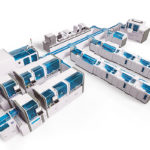
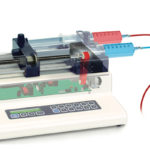
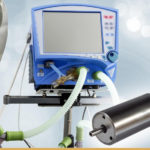
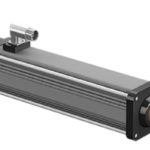
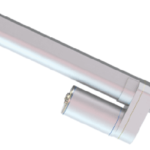

Leave a Reply
You must be logged in to post a comment.